Sake is Japan’s national treasure, delicate and steeped in tradition. But even with its timeless appeal, many people still ask "Does sake go bad?"
The answer is both simple and surprisingly complex. Whether you’ve opened a bottle for the first time or found an old one in the back of your fridge, this guide offers insights into sake’s shelf life, storage methods, spoilage signs, and tips on what to do with older bottles.
If you’re seeking to elevate your sake explore our collection of handcrafted Japanese sake sets that honor tradition with every pour.

Sake Storage: Best Practices to Preserve Quality
Proper storage is essential to maintaining the flavor, aroma, and texture of sake. Here's how to do it right:
- Store in a cool, dark place: Temperature stability (ideally 41–50°F / 5–10°C) helps prevent oxidation.
- Avoid sunlight: UV light can break down flavor compounds, especially in clear bottles.
- Keep it upright: This reduces oxidation and minimizes contact with air or cork seals.
- Refrigerate after opening: Opened bottles should be refrigerated and consumed within 3–7 days.
Note: Nama sake (unpasteurized) and nigori sake (cloudy) should always be refrigerated, even before opening.
How Long Does Sake Last?
The shelf life of sake depends on its type and storage conditions. Unlike wine, most sake is not meant to age. Here's what you need to know:
- Unopened pasteurized sake: Typically lasts 1–2 years from bottling when stored properly.
- Unopened nama sake: Best within 6–12 months and must be refrigerated.
- Opened sake: Should be consumed within 3–7 days and may last up to 2 weeks if well stored.
- Aged sake (Koshu): Intentionally matured and safe for long-term storage.
Pro Tip: The date printed on a sake label is usually the bottling date, not an expiration date.
Myth Busting: Does Sake Ever Really Go Bad?
One common myth is that sake doesn’t go bad like hard liquor. But that’s only partially true. While sake rarely becomes dangerous to drink, its flavor can degrade to being undrinkable. Here's what to know:
- Sake can oxidize when exposed to air, developing sour or flat flavors.
- Light and temperature fluctuations can create bitter or musty off-notes.
- Unlike wine, aging most sake at home will not improve it, often dulling its intended profile.
The Bottom Line: Sake won’t make you sick, but it might ruin your palate. Store it with care and enjoy it fresh for the best experience.
Can You Still Drink Old or Forgotten Bottles?
Accidentally left a bottle unrefrigerated overnight? Did you discover an unopened sake from two years ago? Here’s how to tell if it’s still good:
- Check the smell: Vinegar-like or sour aromas are a red flag.
- Look at the color: A brown or yellowish hue in clear sake may indicate spoilage.
- Taste test: If it tastes dull, overly acidic, or cardboard-like, it’s past its prime.
- Sediment or fizz: This may suggest unintended fermentation or contamination and is best avoided.
When in doubt, consider repurposing old sake in cooking rather than discarding it.
Creative Ways to Use Sake That's Past Its Peak
Sake that’s lost its spark can still shine in the kitchen:
- Use as a cooking sake: Adds depth to soups, sauces, and marinades.
- De-glaze pans: A flavorful alternative to wine or mirin.
- Mix a sake cocktail with soda, citrus, or tonic for a refreshing twist.
Elevate Every Pour with a Handcrafted Sake Set
True sake enjoyment begins not just with the drink—but with how it’s served. At MyJapaneseWorld.com, we offer a curated selection of artisan-made sake sets that combine traditional Japanese aesthetics with modern elegance. Each set is handcrafted by skilled artisans, designed to enrich your meal and make even a quiet evening feel ceremonial.
Explore minimalist porcelain, warm-glazed ceramics, and limited-edition gift sets—perfect for collectors, connoisseurs, or heartfelt gifting.
Conclusion: Does Sake Go Bad? Yes—But It’s Avoidable
While sake doesn’t “expire” in the traditional sense, its quality can degrade over time. With proper storage (cool, dark, upright, and refrigerated after opening) you can enjoy the nuanced flavors as intended. Be attentive to signs of spoilage, repurpose when it's lost its edge, and serve it right.


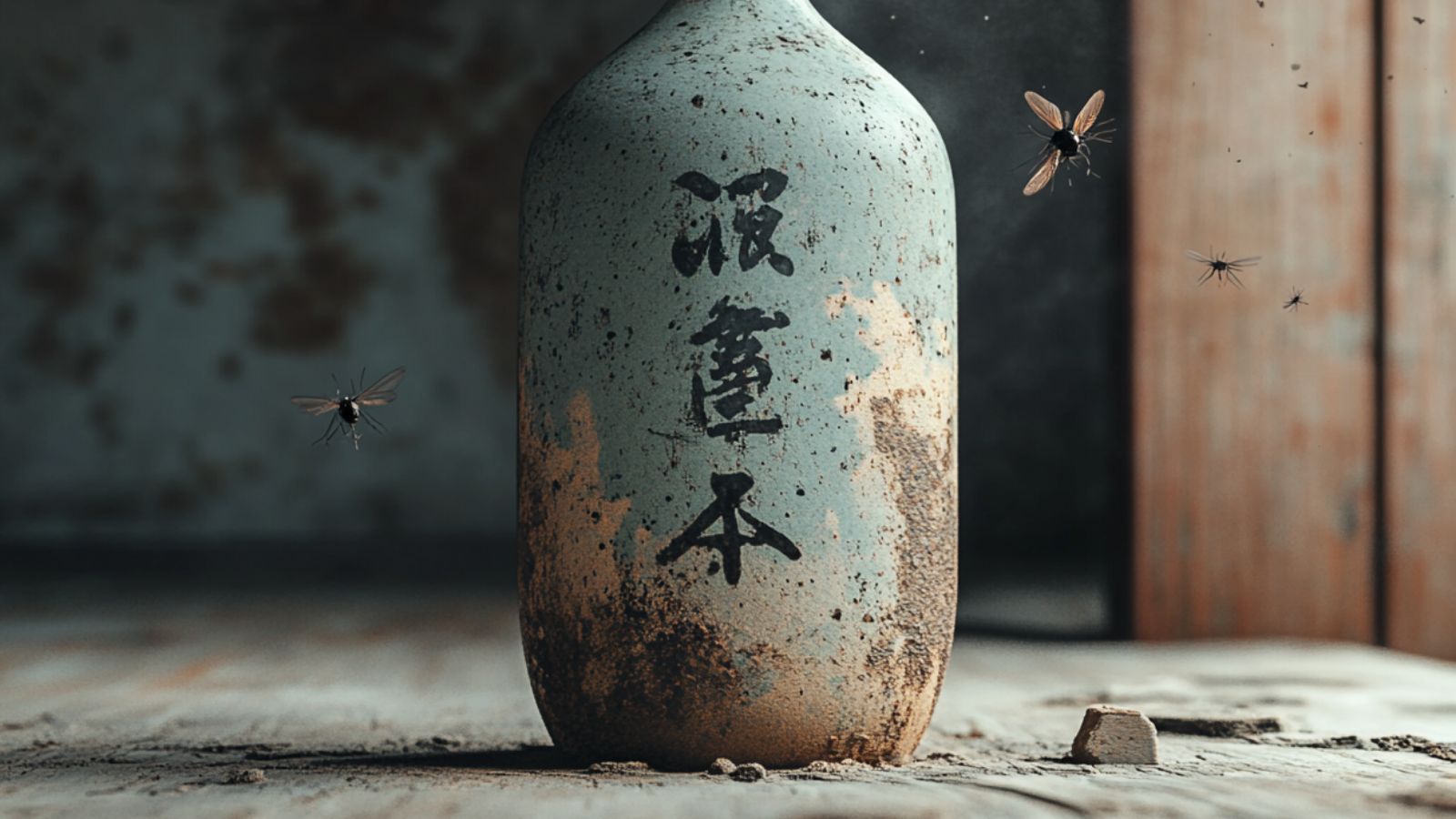




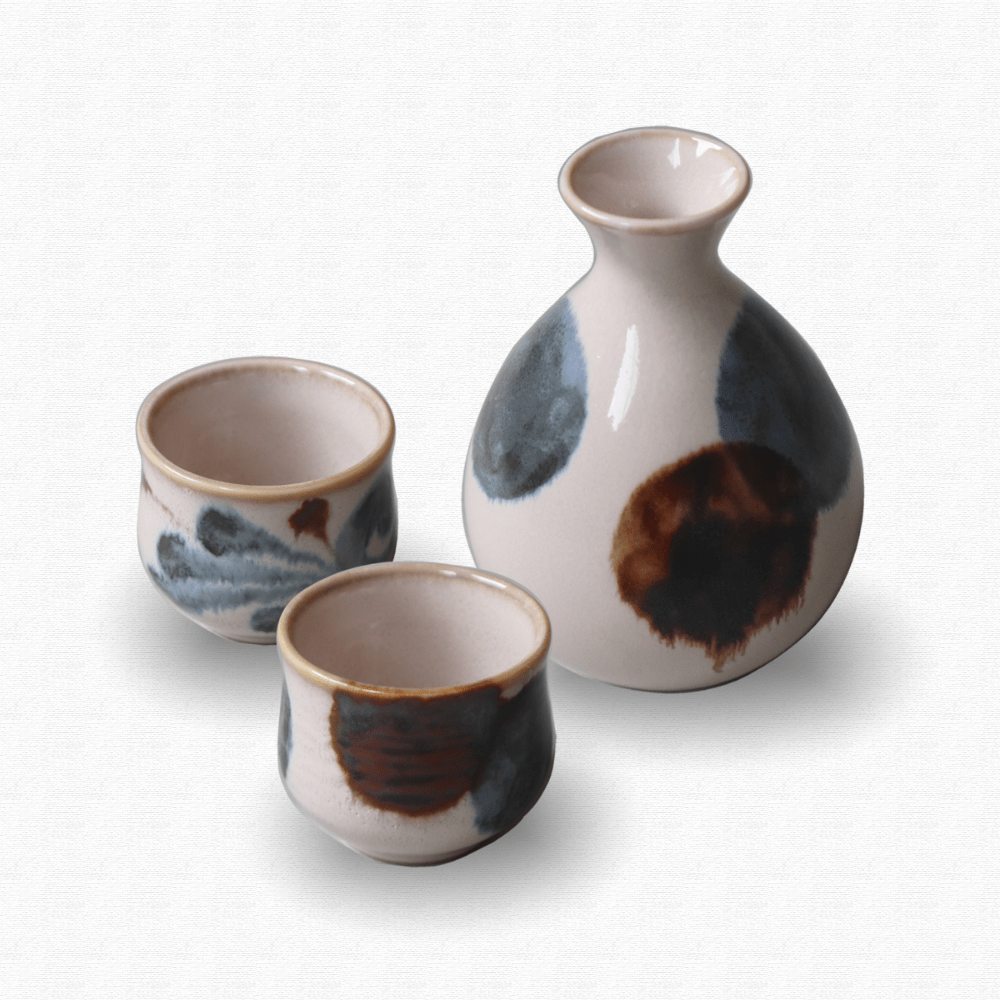
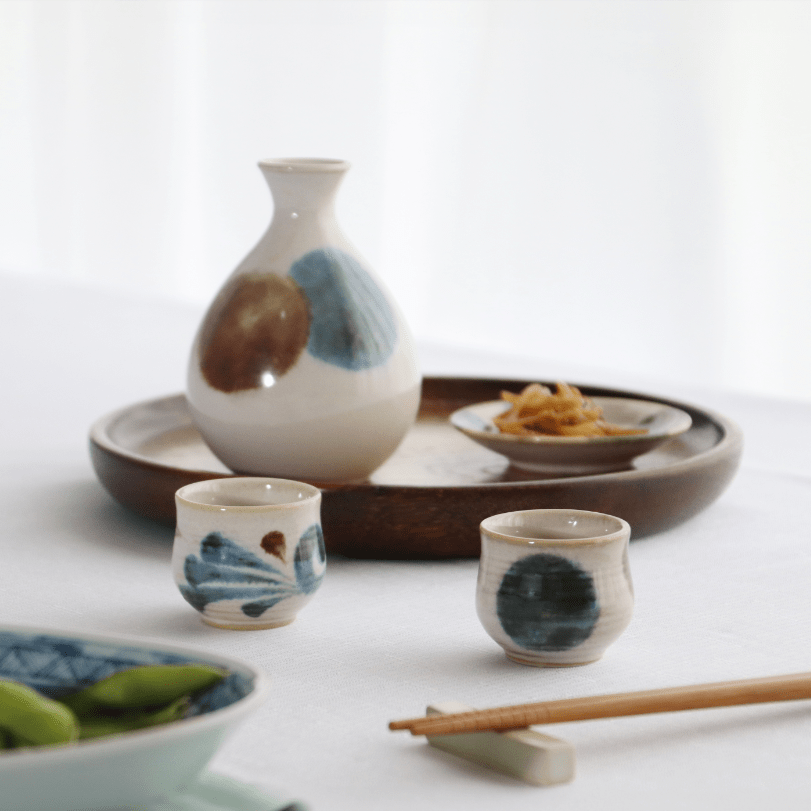

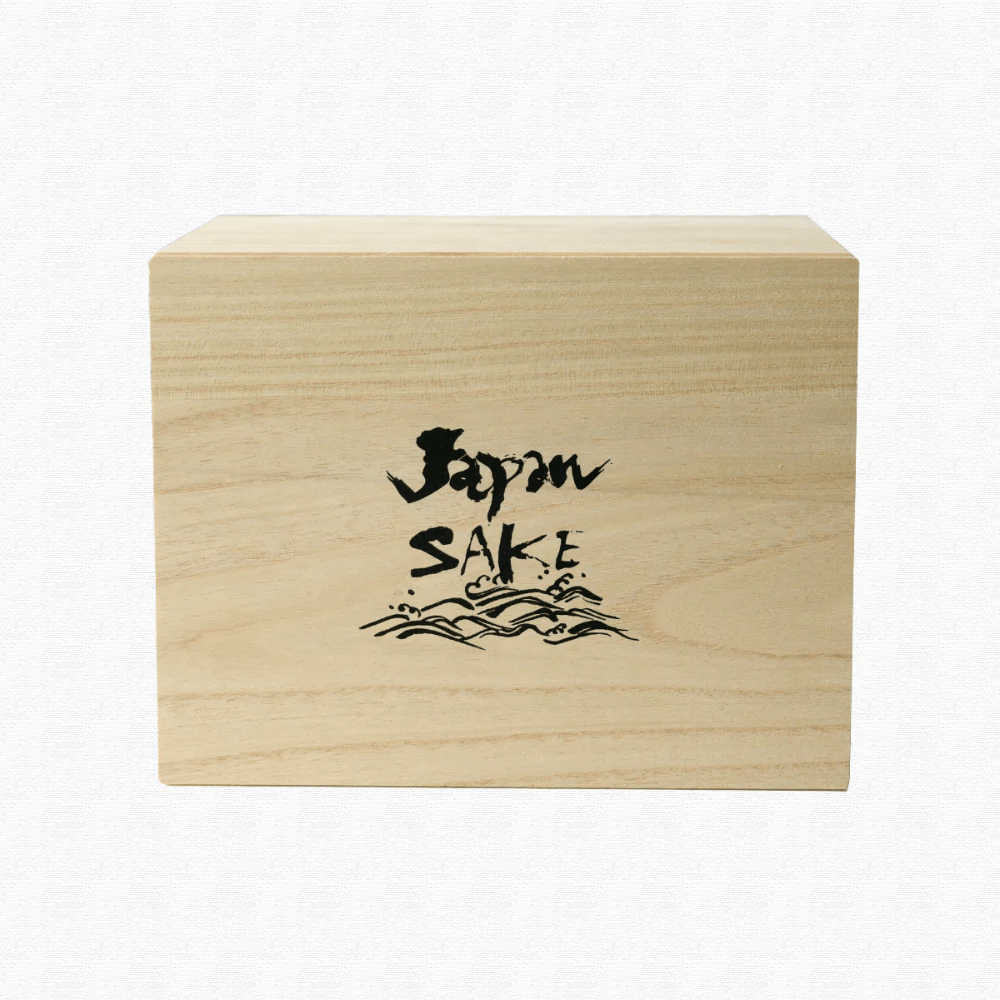
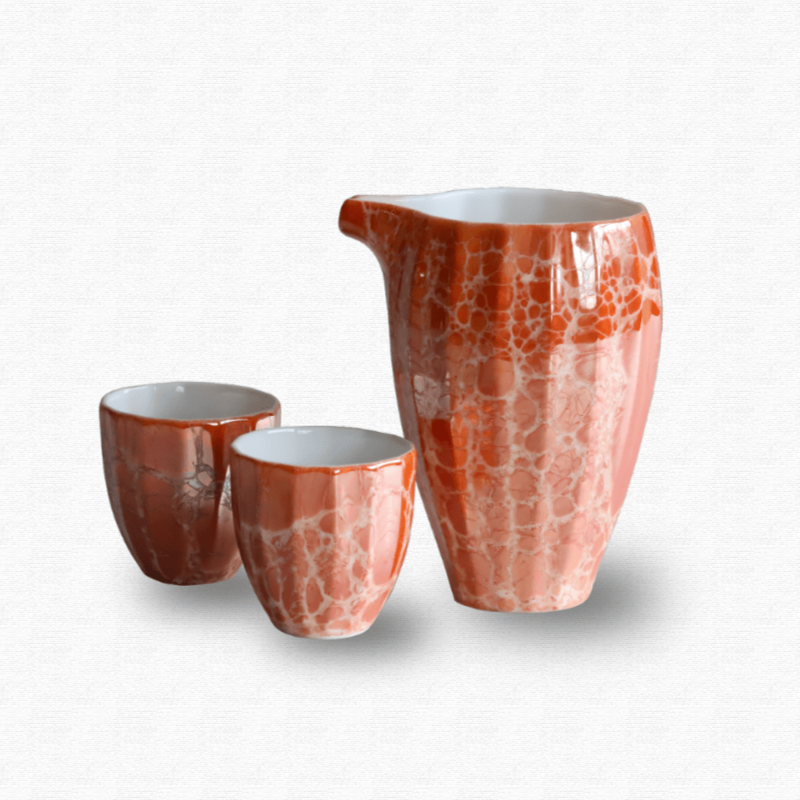

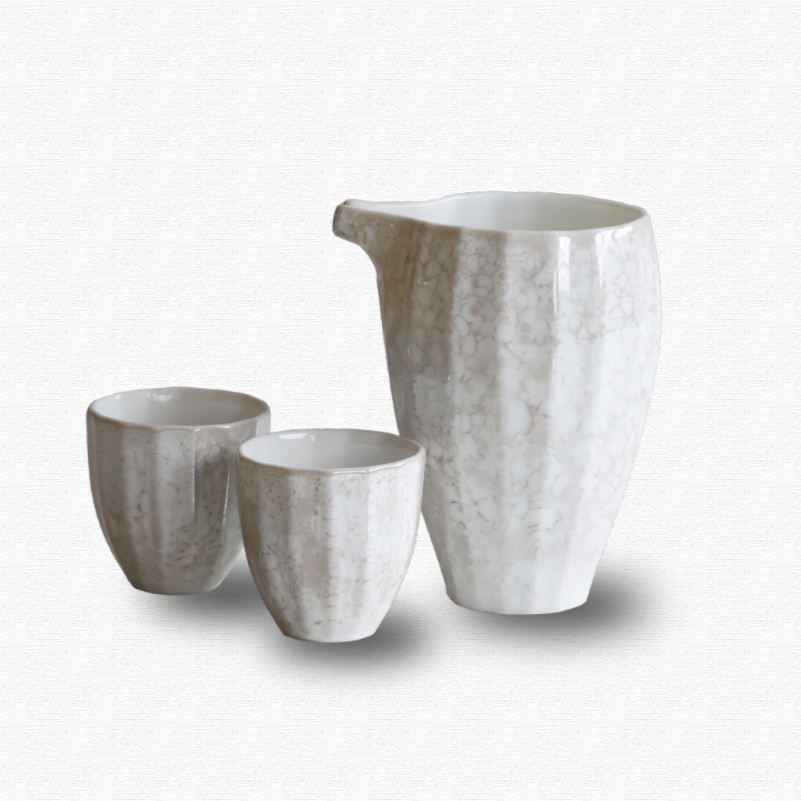

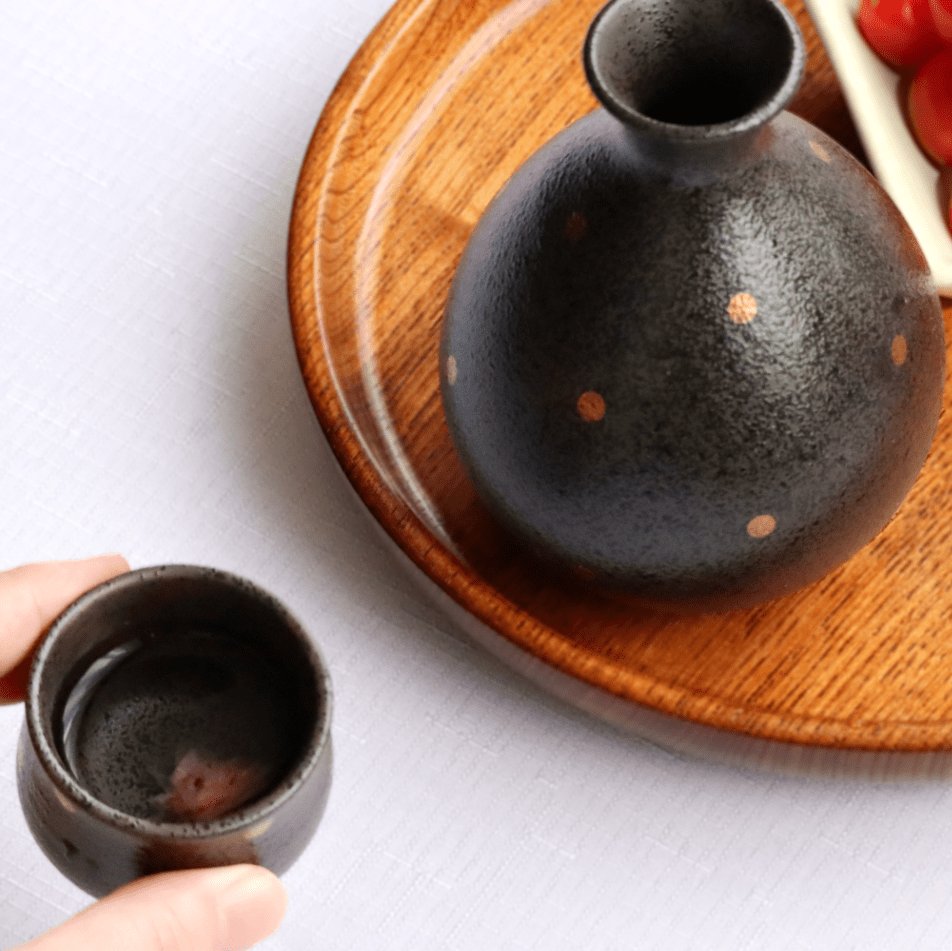
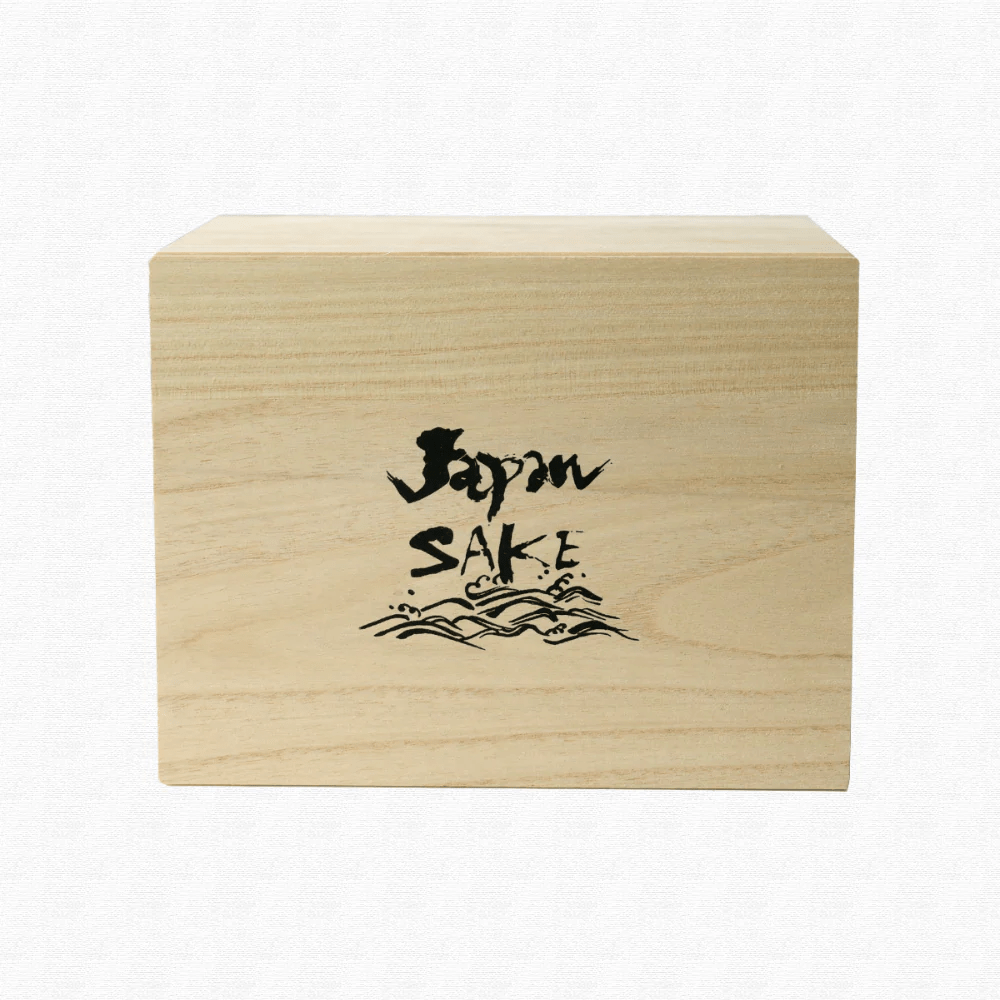

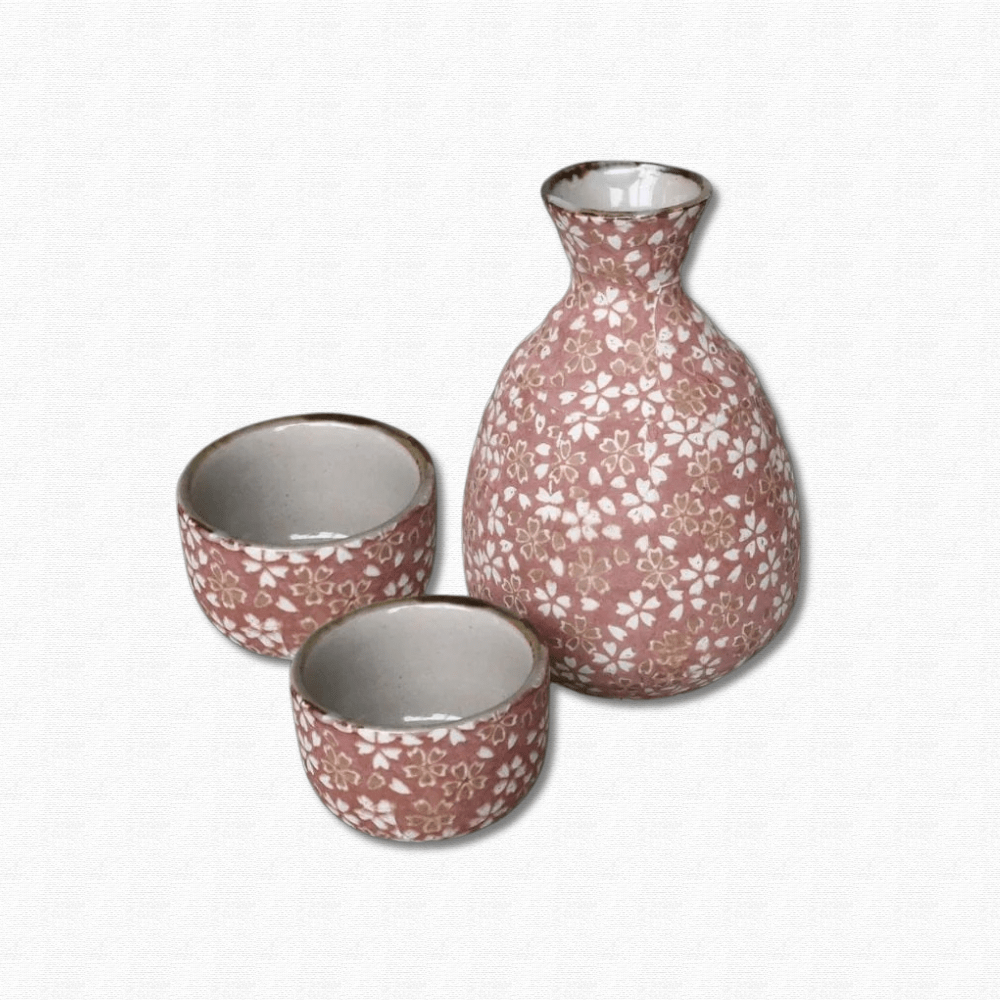
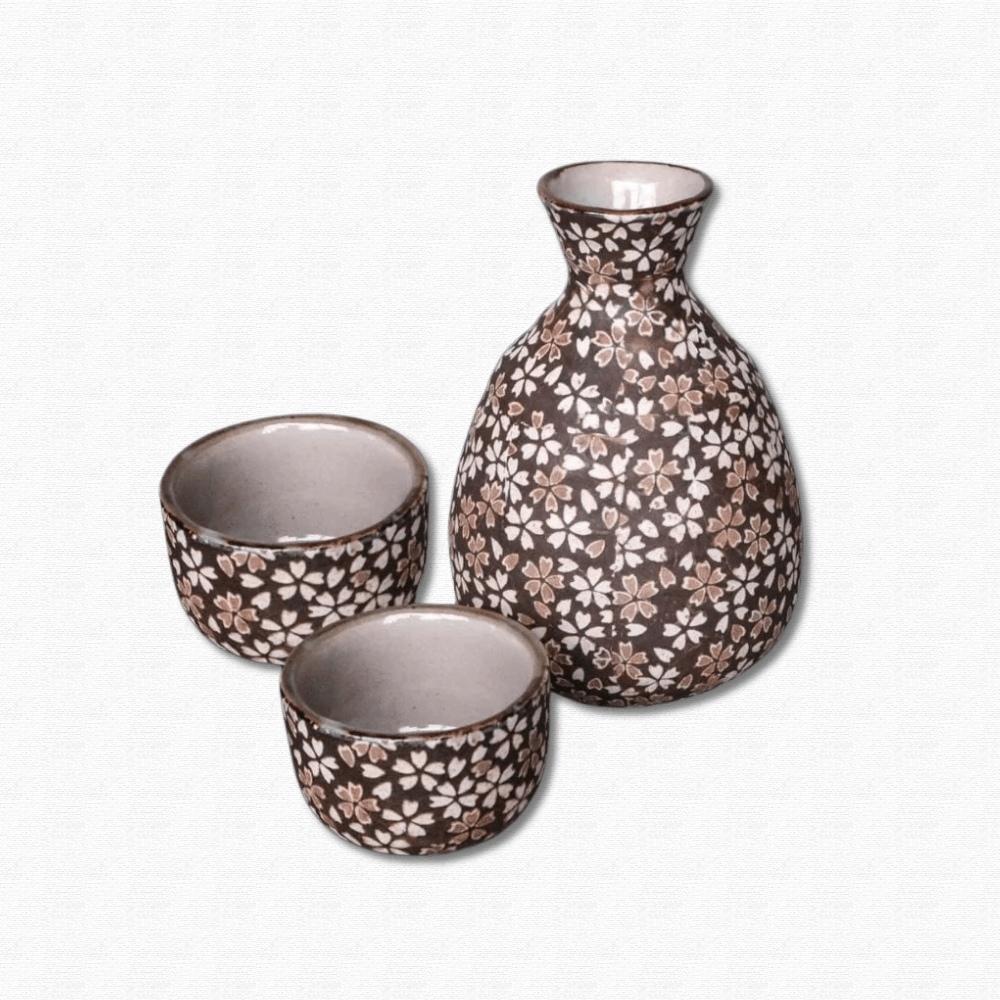
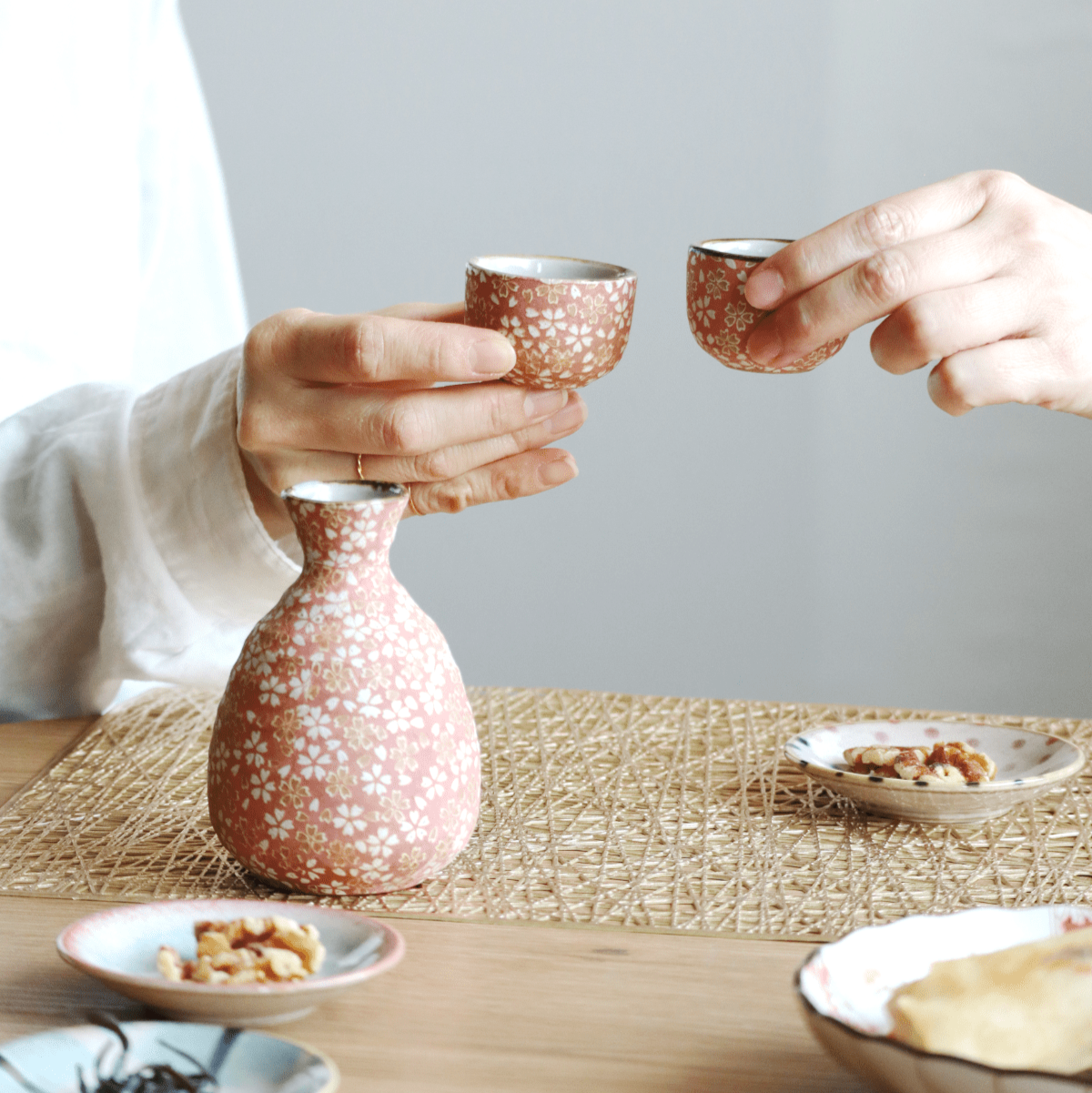
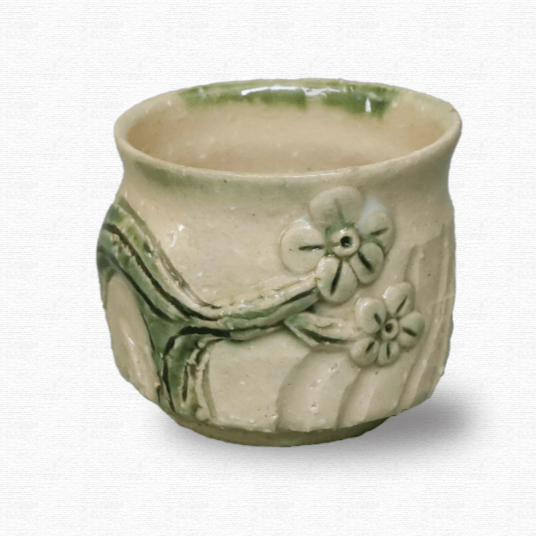
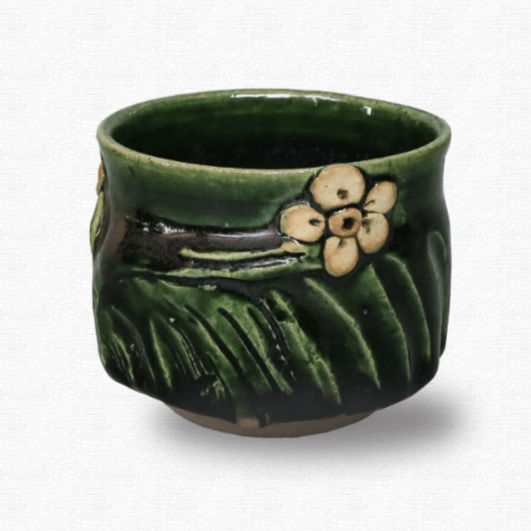

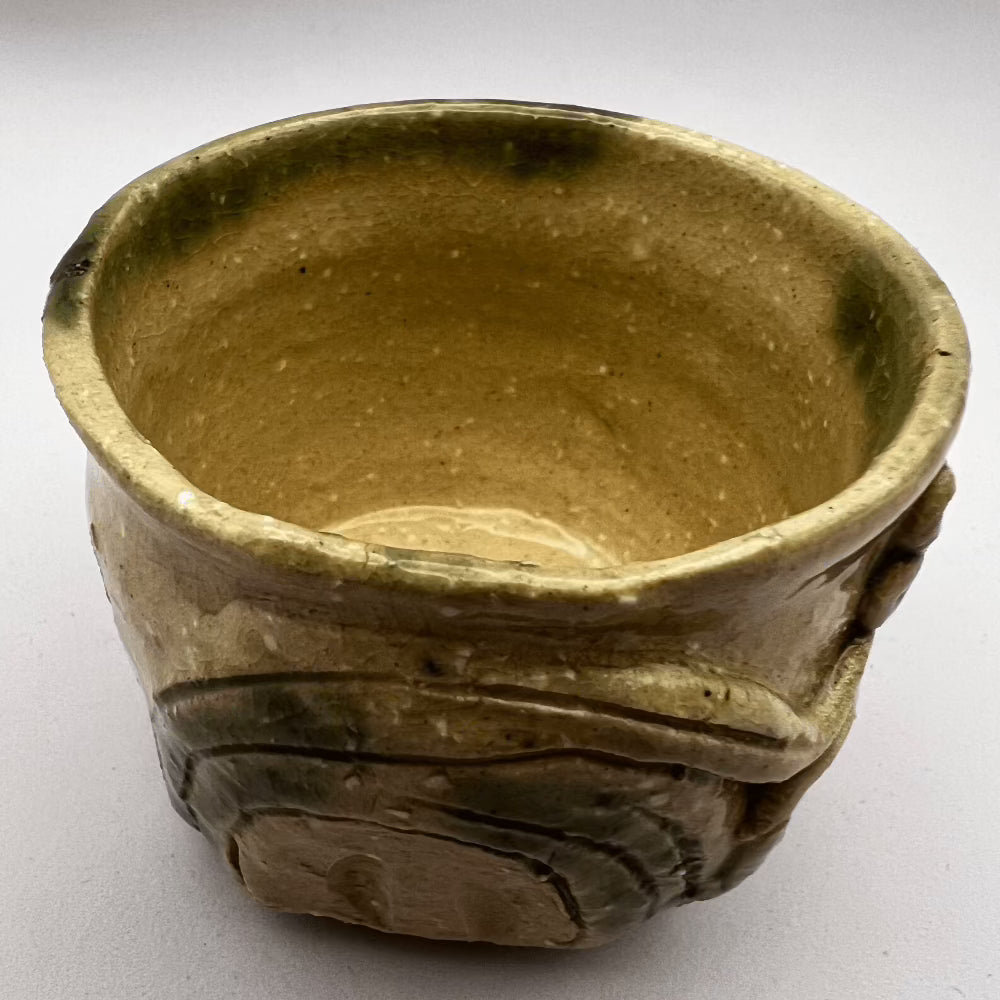
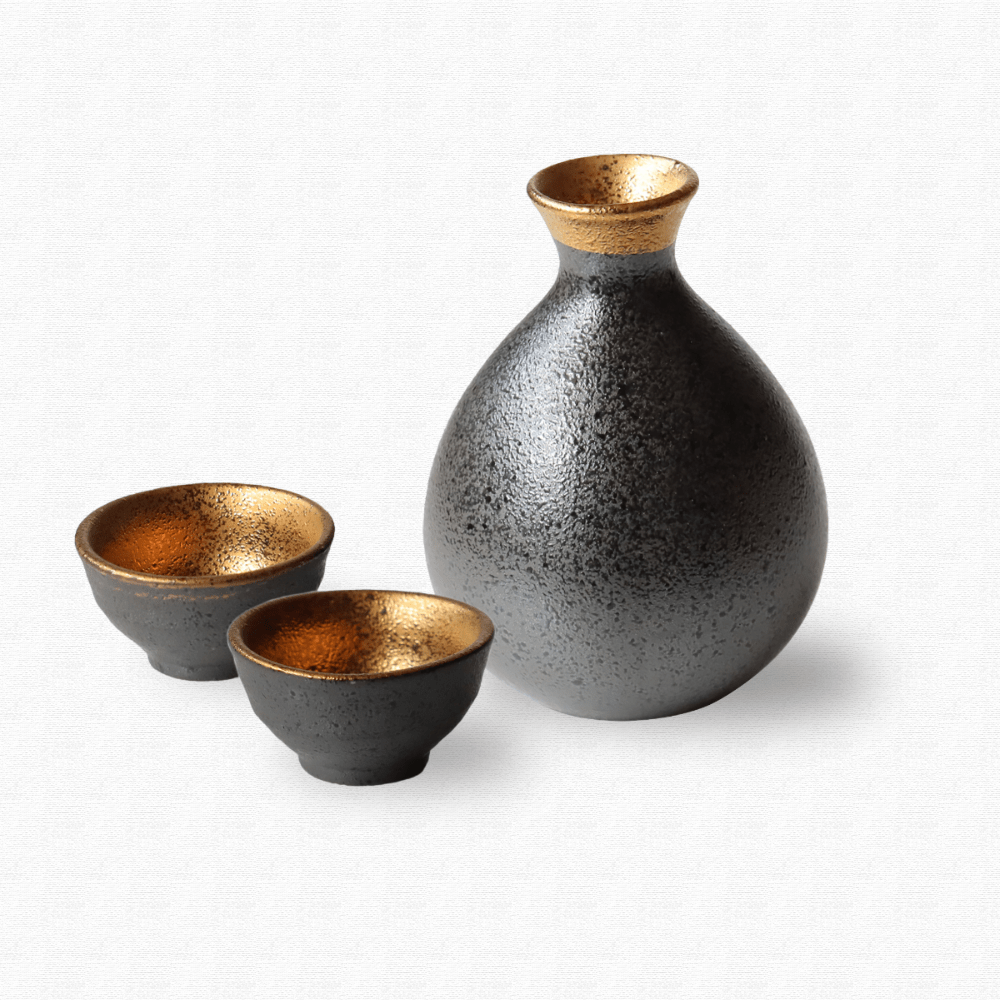
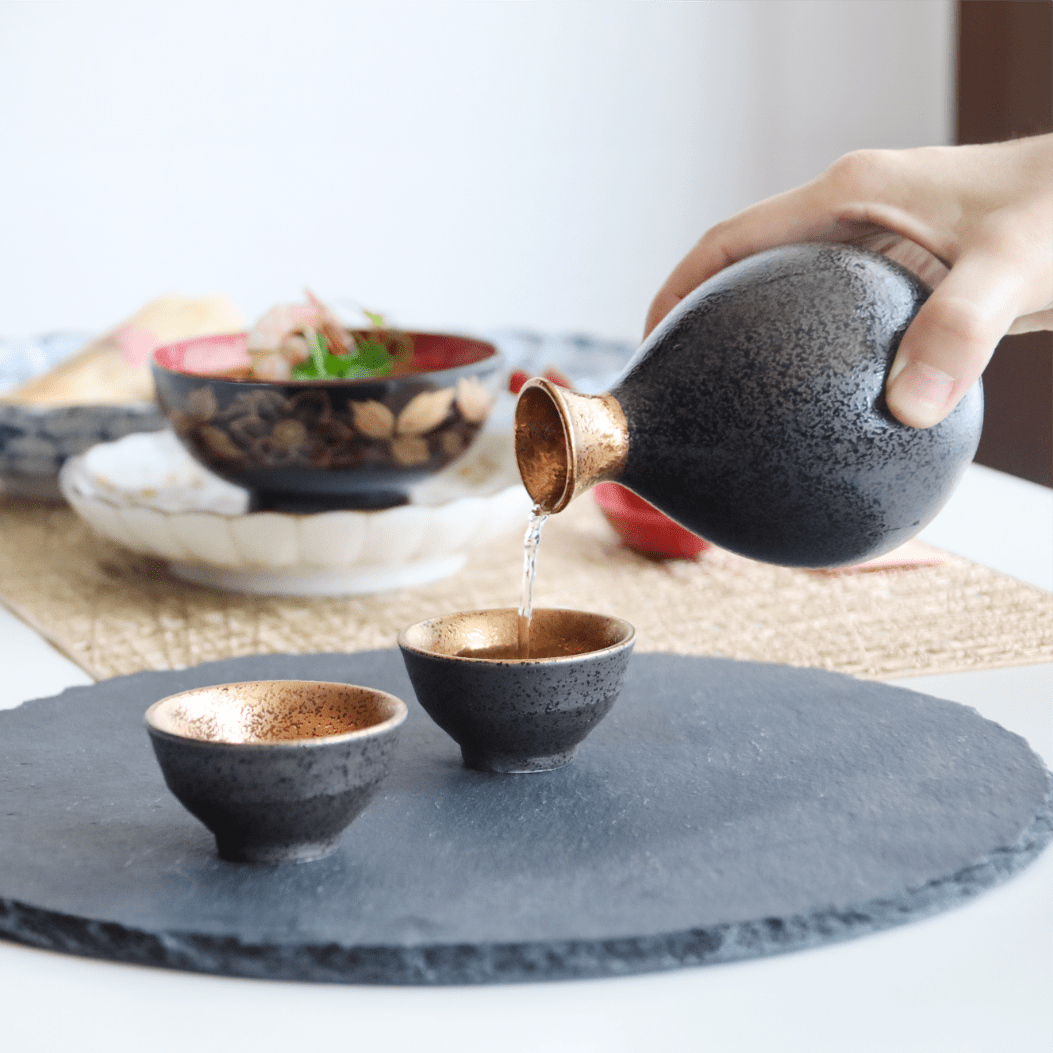
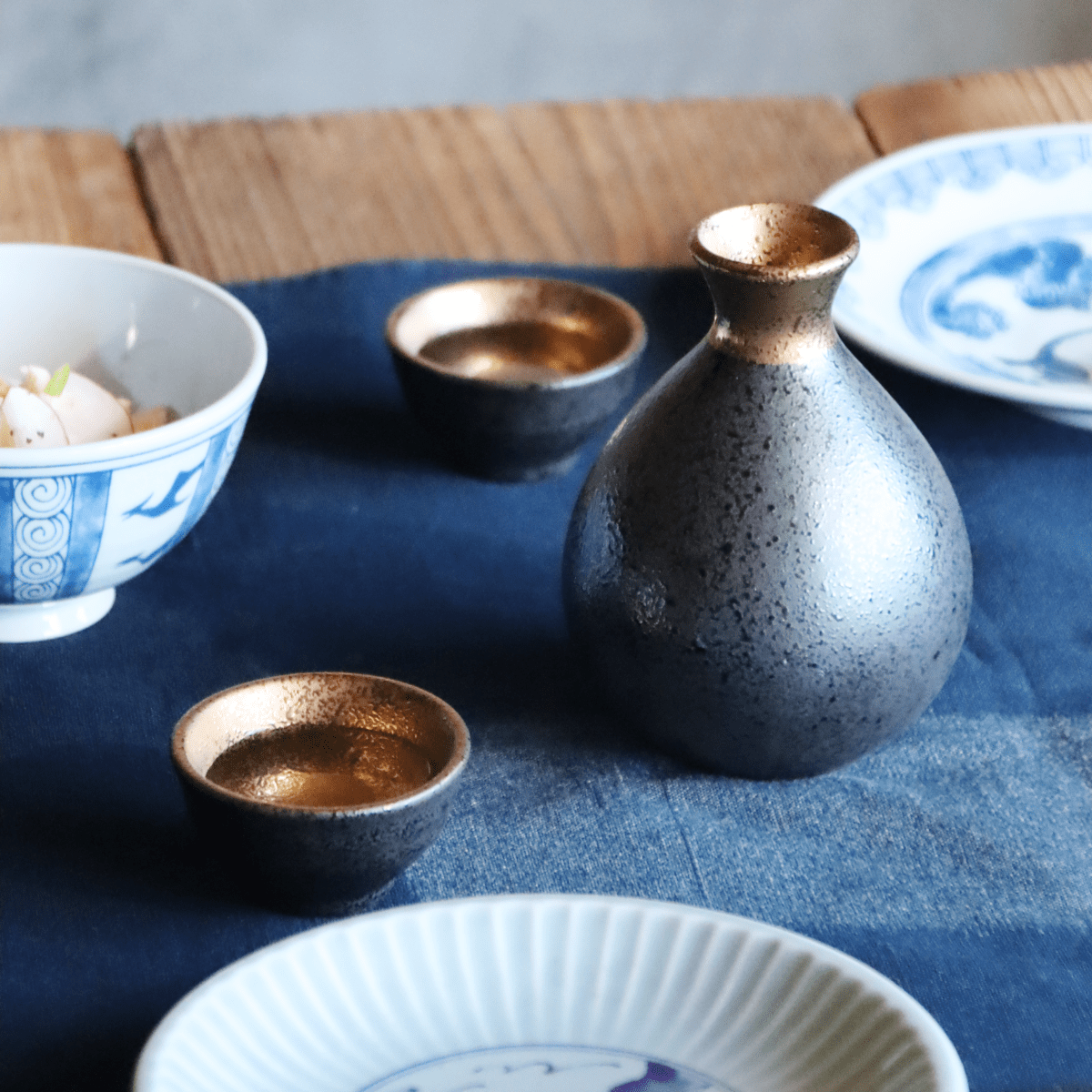
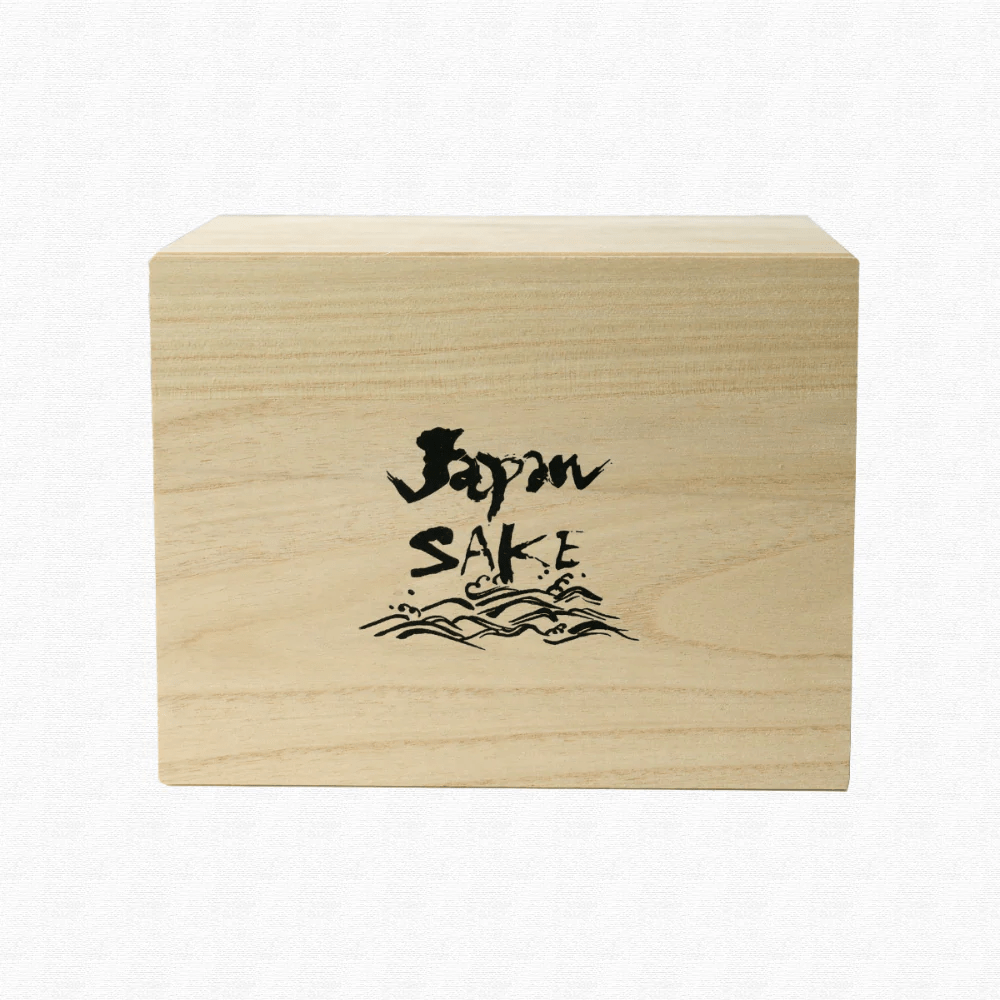
Share: